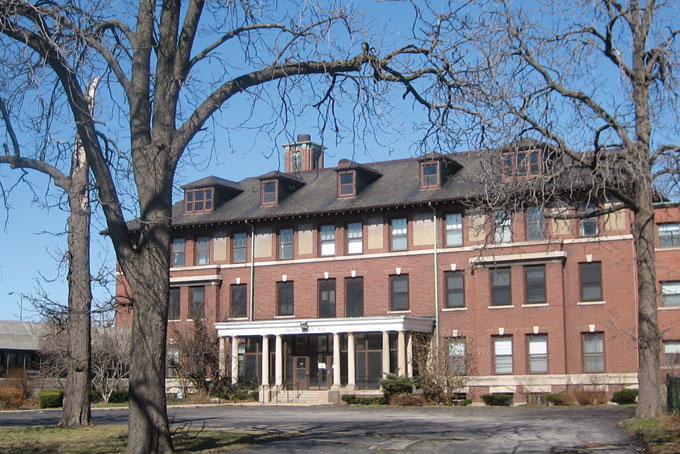The Peace Bridge Boycott
by Jack Foran

Tim Tielman held a kind of informational and “rally the troops” meeting on the Peace Bridge plaza planned expansion matter Monday evening in the large back room of the Armory Tavern on Connecticut Street, and the rallying cry was “Boycott the Bridge.”
A half-serious, half-facetious proposal (“except if you’re going to Happy Jack’s or Ming Teh’s,” he added as an afterthought) to the end of further reducing bridge traffic, which he argued has been slightly but consistently decreasing over the past few decades.
A Public Bridge Authority spokesman described the traffic volumes as “fluctuating” over the past decades, and actually rising slightly over the past three years. The PBA rationale for the proposed expansion is to reduce traffic congestion in the plaza area, but the PBA offers little by way of specifics to show just how this would occur, saying there is no plan as of yet on future development of the expansion area, or for that matter, of the present plaza area if the expansion idea goes through.
Tielman, the executive director of the preservationist group Campaign for Greater Buffalo History, Architecture & Culture, said “they can do what they say they want to do” on the present plaza space, and no need to demolish historically significant houses on Busti Avenue, or to acquire the former Episcopal Church Home property just north of the Busti row and demolish more buildings there.
He showed a cartoon drawing of the expansion area planned development that he said was based on a technical drawing supplied by an unnamed PBA person “who wanted the truth to be out.” The cartoon version shows the new Duty Free store on the present Episcopal Church Home property, surrounded by a roughly circular roadway, accessed via a more or less straight road along the length of the Busti properties in question.
Ample undeveloped space around the Duty Free store would presumably be for parking, but might also accommodate further development, such as for Duty Free or tax-free gasoline sales, Tielman suggested. A tax-free gasoline concession was listed as a possibility in the draft environmental impact statement the PBA prepared when a remake of the bridge was under consideration.
The deeper rationale for further development in the expanded plaza, Tielman said, would be to generate new bonding, new debt, keeping the PBA in existence. For as soon as—or if and when—all bonding is paid off, control of the bridge is to be turned over to the NFTA, he explained. “The PBA has turned itself into a perpetual growth machine,” he said.
The PBA spokesman said the tax-free gas idea is not under consideration, and as for Tielman’s map of the expanded plaza—the supposed official PBA version or the cartoon version—he insisted there are “myriad concepts” under consideration for the proposed development, but “no plan with standing.”
Attorney Richard G. Berger explained where things were with the campaign’s lawsuit to require the PBA to abide by state environmental and preservationist rules on the proposed demolitions and further development of the plaza. The suit has resulted in a temporary restraining order, staying the demolitions. Current legal wrangling is about whether the substantive arguments should be heard in federal or state court.
Tielman showed slides of the houses threatened with demolition and expounded on the historical importance of several of them, and on the basic structural integrity, despite years of neglect under PBA ownership, of perhaps the most significant of the structures, the 1860s-era Italianate Wilkeson mansion.
“We’re going to win the lawsuit,” he said, “and when we do, we’re going to have them restore [the Wilkeson mansion] so you can lick the floor.”
blog comments powered by Disqus|
Issue Navigation> Issue Index > v11n30 (week of Thursday, July 26) > Week in Review > The Peace Bridge Boycott This Week's Issue • Artvoice Daily • Artvoice TV • Events Calendar • Classifieds |









 Current Issue
Current Issue